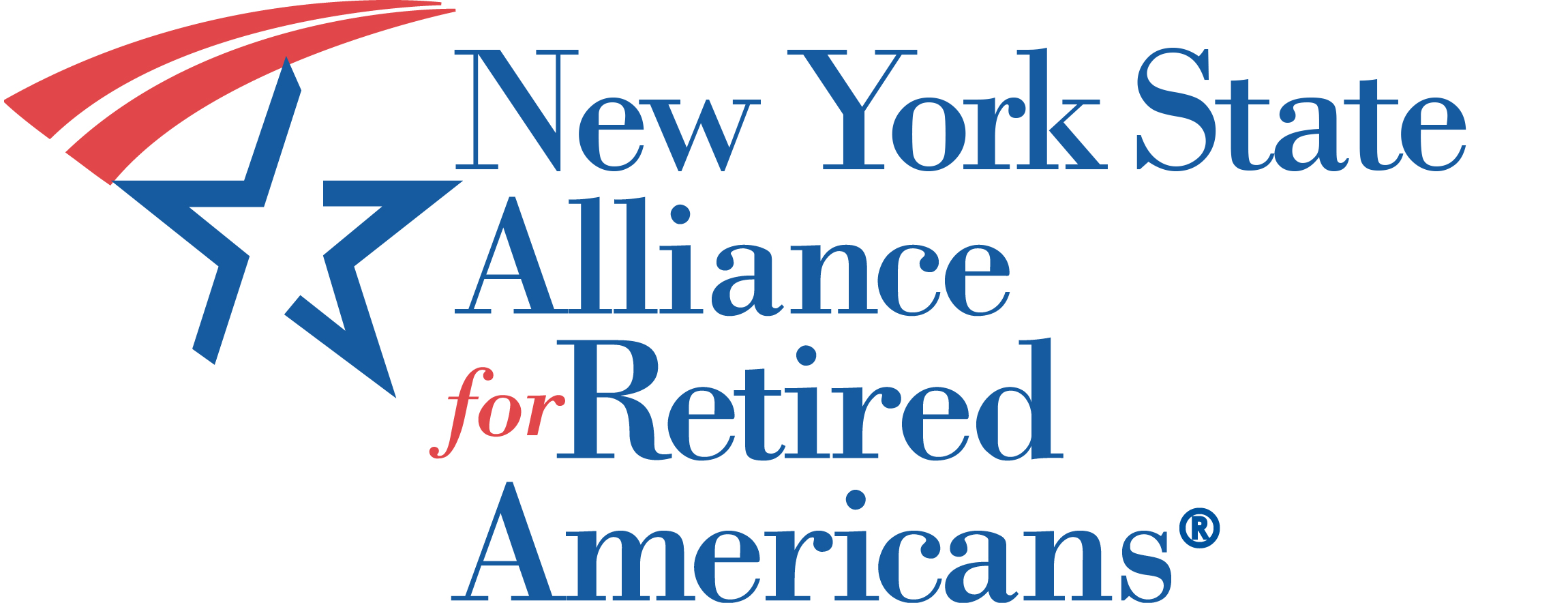Blog
April 02, 2018
New York State Adopts Voluntary Retirement Savings Program
New York is among a growing number of states that have now passed legislation to create government-sponsored payroll-deduction retirement programs for small businesses. Personal finance expert Jean Chatzky notes 52 percent of American households age 55 or over have no retirement savings, leaving them with only Social Security. She’s working in New York and other states to lobby for an individual retirement account plan with state oversight for small businesses that allows workers to have a portion of their paychecks set aside automatically.
With an estimated 55 million Americans lacking access to retirement plans at work, 40 states have considered legislation since 2012 to establish state-facilitated retirement programs for private-sector workers. Five have enacted state-run programs and two, New Jersey and Washington state, have launched marketplaces connecting employers with low-cost private-sector retirement plans.
New York’s plan, proposed by Democratic Gov. Andrew Cuomo in his 2018 budget and was passed in the 2019 budget, would have a state board oversee investments made through payroll deduction with no employer contribution.
It’s similar to initiatives launched in California, Connecticut, Illinois, Maryland and Oregon, but with a key difference: Participation by businesses would be voluntary in New York, while the other five states mandate that companies meeting a certain size threshold automatically enroll all employees.
The Business Council of New York State, which represents private employers, initially opposed the legislation. But the group has reevaluated its position pending clarification of the voluntary nature of the program.
Mandated state-run retirement savings plans have gotten pushback from businesses and Congressional Republicans who say they stifle private competition, impose onerous regulations and expose employers to lawsuits.
Last year, President Donald Trump signed legislation revoking an Obama-era Labor Department rule designed to provide a legal safe haven for the state programs, which Senate Majority Leader Mitch McConnell called “more government at the expense of the private sector and American workers.”
California Republican state Sen. John Moorlach, a certified financial planner, said low-income workers don’t save because they can’t afford to not because there are no opportunities. He noted that the federal government closed the Obama-era myRA program last summer for lack of demand.
The Treasury Department said the myRA program, launched in late 2015 for people without access to a 401(k) or other workplace retirement plan, had about 20,000 funded accounts with an average of $1,500 and because of the small demand would have cost the government significant money to maintain.
The positive of this legislation in New York State is the possibility of payroll deduction, if the small employer, without contribution, allows it and the mandate of a state board that allows a group mentality with regard investment strategy that has proven successful in the state and New York City retirement systems.
The negatives of this legislation are numerous. It makes it MUCH less likely for companies to consider instituting a contributory retirement system, rather than what is addressed in this legislation, an IRA which is an investment without retirement guarantee. A pension is a large part of true retirement security. It can encourage companies that currently either match or partially match retirement SAVINGS to backtrack and no longer contribute. Even with the set up of the state board the income for retirement is not guaranteed and in this time of financial stresses the presence of finances to set aside for the employee to opt into retirement savings are scarce at best. To have true retirement security it requires an equal contribution of Social Security and Medicare, a pension and retirement savings. This plan encourages the use of two thirds of the resources to solve the entire retirement security issue and does virtually nothing to address middle aged people that are within 10-15 years of retirement. Additionally it creates more pressure on the NYS retirement system from the have versus the have not syndrome in the country. This is in addition it is highly likely that New York State lawmakers will believe that the currently passed legislation is the solution for retirement security and no longer seek to address the real issue of retirement security rather than savings.
